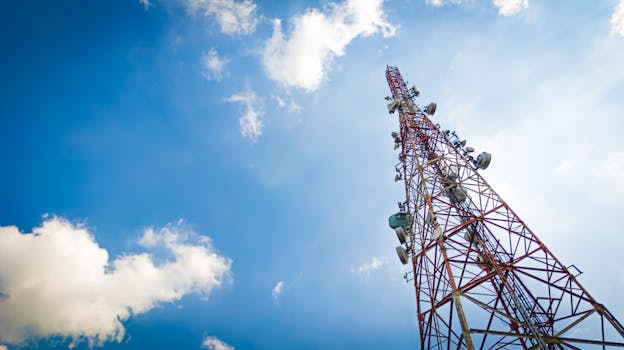
MEO Satellites: Introduction to Medium Earth Orbit Technology
MEO satellites, or Medium Earth Orbit satellites, are a type of satellite that operates in an orbit between 2,000 and 36,000 kilometers above the Earth’s surface. This orbit is strategically positioned to provide a unique combination of benefits, including low latency, wide coverage, and high connectivity. The focus keyword, MEO satellites, has become increasingly important in the field of satellite technology, as it offers a range of advantages over other types of orbits, such as Geostationary Orbit (GEO) and Low Earth Orbit (LEO). At the beginning of our discussion on MEO satellites, it is essential to understand the significance of this technology in revolutionizing global communication.
The history of MEO satellites dates back to the 1960s, when the first satellites were launched into Medium Earth Orbit. However, it wasn’t until the 1990s that MEO satellites began to gain popularity, with the launch of the first commercial MEO satellite constellation, known as the Globalstar system. Since then, several other constellations have been launched, including O3b (Other 3 Billion) and SES’s O3b mPOWER. These constellations have paved the way for the widespread adoption of MEO satellites, enabling the provision of high-speed, low-latency connectivity to remote and underserved communities around the world.
Advantages of MEO Satellites
MEO satellites offer several advantages over other types of orbits. One of the primary benefits is low latency, which refers to the time it takes for a signal to travel from the Earth to the satellite and back. MEO satellites have a latency of around 50-100 milliseconds, which is significantly lower than GEO satellites, which have a latency of around 250-300 milliseconds. This makes MEO satellites ideal for applications that require real-time communication, such as video conferencing, online gaming, and financial transactions.
Another advantage of MEO satellites is their wide coverage. MEO satellites have a footprint that covers a significant portion of the Earth’s surface, allowing them to provide connectivity to a large number of users. This makes them ideal for applications such as broadband internet, cellular backhaul, and maritime communications. Additionally, MEO satellites are less susceptible to interference from other satellites and terrestrial systems, which makes them more reliable and secure.
MEO satellites also offer high connectivity, which refers to the ability to connect multiple users and devices to the satellite simultaneously. This makes them ideal for applications such as IoT (Internet of Things), smart cities, and industrial automation. With the increasing demand for connected devices, MEO satellites are well-positioned to play a critical role in enabling the widespread adoption of IoT technologies.
Applications of MEO Satellites
MEO satellites have a wide range of applications, including broadband internet, cellular backhaul, maritime communications, and IoT. They are also used for disaster recovery and emergency response, as they can provide critical connectivity in areas where terrestrial infrastructure has been damaged or destroyed. Additionally, MEO satellites are used for scientific research and Earth observation, as they can provide high-resolution images and data on the Earth’s surface and atmosphere.
MEO satellites are also being used for 5G and 6G wireless networks, as they can provide the high-speed, low-latency connectivity required for these next-generation networks. With the increasing demand for high-speed data services, MEO satellites are poised to play a critical role in enabling the widespread adoption of 5G and 6G technologies.
Conclusion
In conclusion, MEO satellites are revolutionizing the way we communicate globally, offering unparalleled advantages in terms of latency, coverage, and connectivity. With their unique combination of benefits, MEO satellites are poised to play a critical role in enabling the widespread adoption of IoT technologies, 5G and 6G wireless networks, and other applications that require high-speed, low-latency connectivity. As the demand for connected devices and high-speed data services continues to grow, MEO satellites will become increasingly important in providing the critical connectivity required to support these applications.



